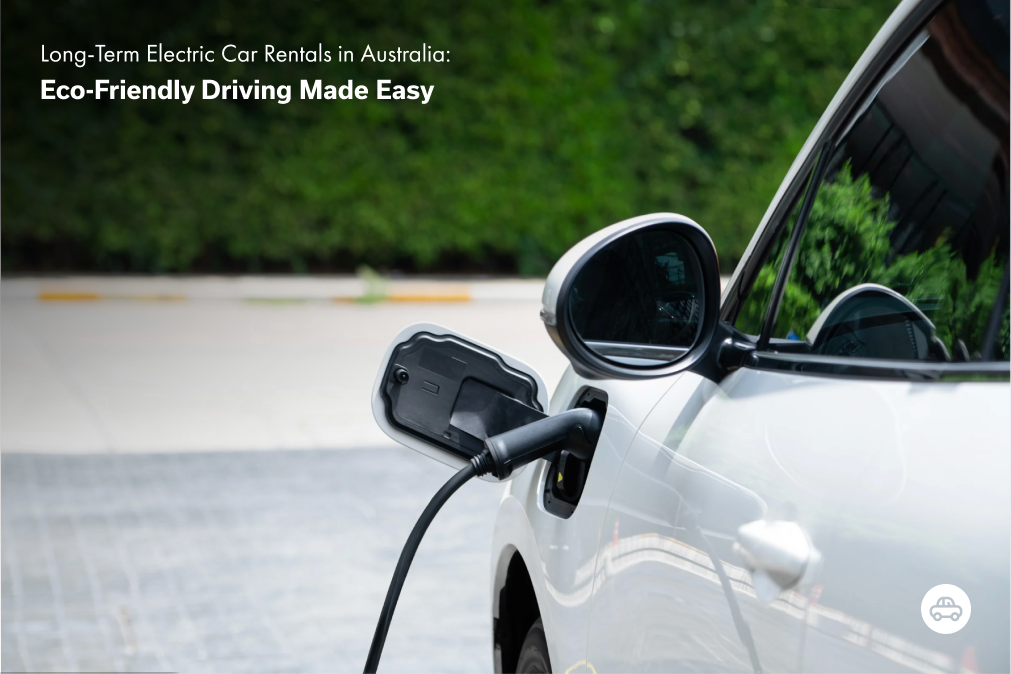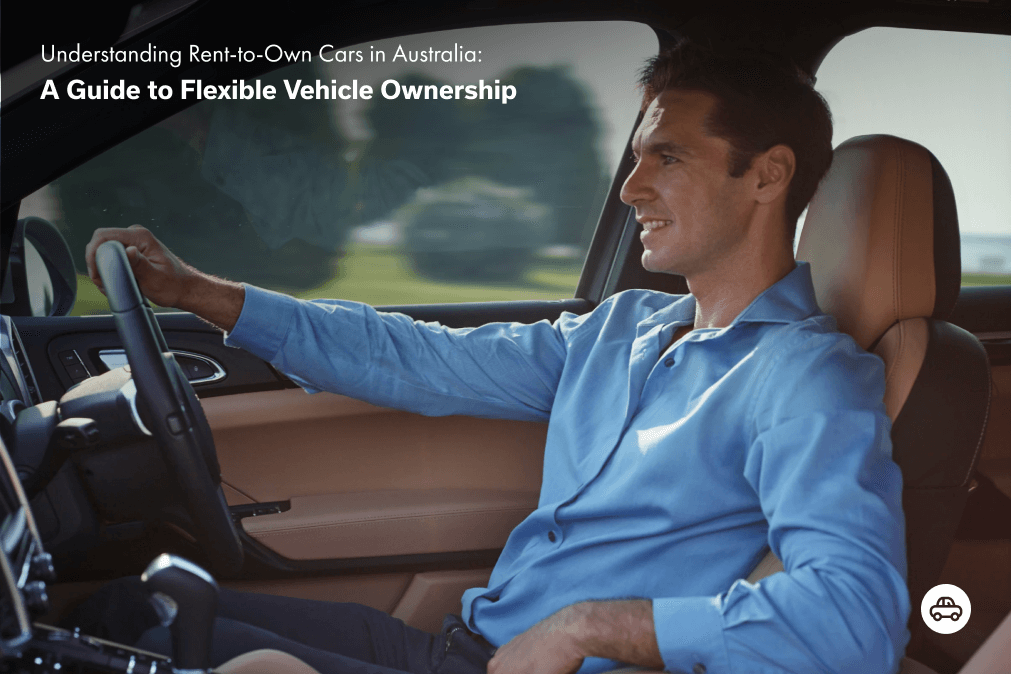The next decade is looking to be an exciting time for drivers, with the next 12 months alone promising big changes to the auto industry. New technologies are evolving, new trends emerging and new regulations being drafted, which together are set to make 2020 one of the most transformative years for the local industry yet.
To help keep you up to date on the future of Australian driving, we’re taking a look at three changes you need to be across for the next year. Join Carbar as we take a look at driving in 2020.
On this page:
Opening the door to self-driving cars
Self-driving cars are still in their infancy as a technology. While limited driver-assistance systems exist in vehicles from Tesla and other manufacturers that provide lane-keeping, safe distance maintenance and hazard alert features, more complex systems are still predicted to be at least a few years away.
But that doesn’t mean Australia isn’t getting ready for them. According to a document from the Transport and Infrastructure Council, Australian governments will aim to have comprehensive regulations in place to help ensure the safe deployment of autonomous vehicles by 2020. With numerous companies such as Google, Tesla and Uber pouring billions into self-driving car research and development, it’s not a matter of if – but when.
More electric vehicles and more support for them
After several years of slow build, the electric vehicle (EV) market is starting to show signs of expansion in Australia. Electric vehicle sales have doubled in just 12 months, and with seven new vehicles launching in Australia this year – more than any previous year – the future is looking brighter for the local EV market than ever before.
But what’s an electric vehicle without a place to charge it? To help EV drivers get the range they need out of their cars, a number of organisations are investing significant amounts in building charging infrastructure. This injection of cash is having a real impact on how Aussies drive their EVs – the number of charging stations has doubled in just a single year, giving drivers more choice in where and how they charge.
If these two trends hold, we could see more electric cars on the road going into 2020, with their range maximised by a growing national network of charging stations.
Fewer owners, more drivers
Australia will always be a country in love with its cars, but if recent trends continue, we might be able to say it’s fallen out of love with car ownership.
As far back as 2012, statistics began to show a significant gap between older and younger generations on the issue of car ownership and use. A 2013 study by the Australian Bureau of Statistics labelled people aged 55 to 64 the most likely demographic to drive to work, while people between 18 and 24 were the least likely. Combined with greater scrutiny on car loan applications in the wake of the banking royal commission, the overall effect is a drop in the number of car-owning drivers on Australia’s streets.
Into this gap has stepped a range of services, chief amongst them car subscription providers. These companies offer exclusive access to a vehicle for a weekly fee which includes servicing, insurance, registration and roadside assistance. These companies offer people the ability to drive when, where and what they want, without the lengthy and expensive commitment of buying or financing a car.
The flexible, affordable alternative to ownership, Carbar lets you drive what, where and when you want, without the stress of renewal notices, regular servicing or insurance shopping. Sign up today or get your questions answered by one of our friendly team members. With hundreds of cars ready to drive, there’s something in our range for everyone.
To learn more about car subscription, browse our range of vehicles or join for free, visit carbar.com.au today.





